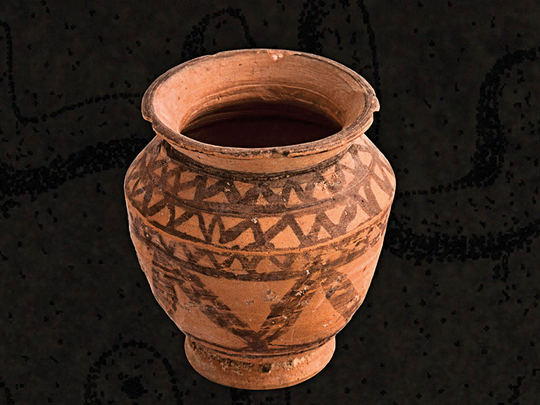
Muscat: A pottery jar dating to 3,000BC has been discovered at the Bat archaeological site in Ibri province, northern Oman.
A statement issued by the Ministry of Heritage and Culture said Oman’s archaeological sites were a treasure trove, and the pottery jar that was discovered was undergoing restoration by experts.
In 1988, Bat became the second site in Oman to be added to the World Heritage list.
The site’s southern section contains graves similar to the ones found in Umm Al Nar, while in the northern half, the graves look like beehives and date back to 3,000BC.
The architecture is similar to the tombs built during the Hafit period. Another cemetery containing 100 stone tombs was also discovered. In this, the evolution from the beehive style to Umm Al Nar-era cemeteries is apparent.
While the beehive cemetery contained between two to five tombs, Umm Al Nar cemeteries were mass graves. A similar cemetery of this style was discovered containing 30 burial chambers.
The historic significance of the Bat site is that it is located at the crossroads of an ancient trade route. Alongside the Bat settlement, Oman’s Al Khutum ‘Al Wahrah’ and Wadi Al Ain tombs of Ibri are also on the World Heritage list.











